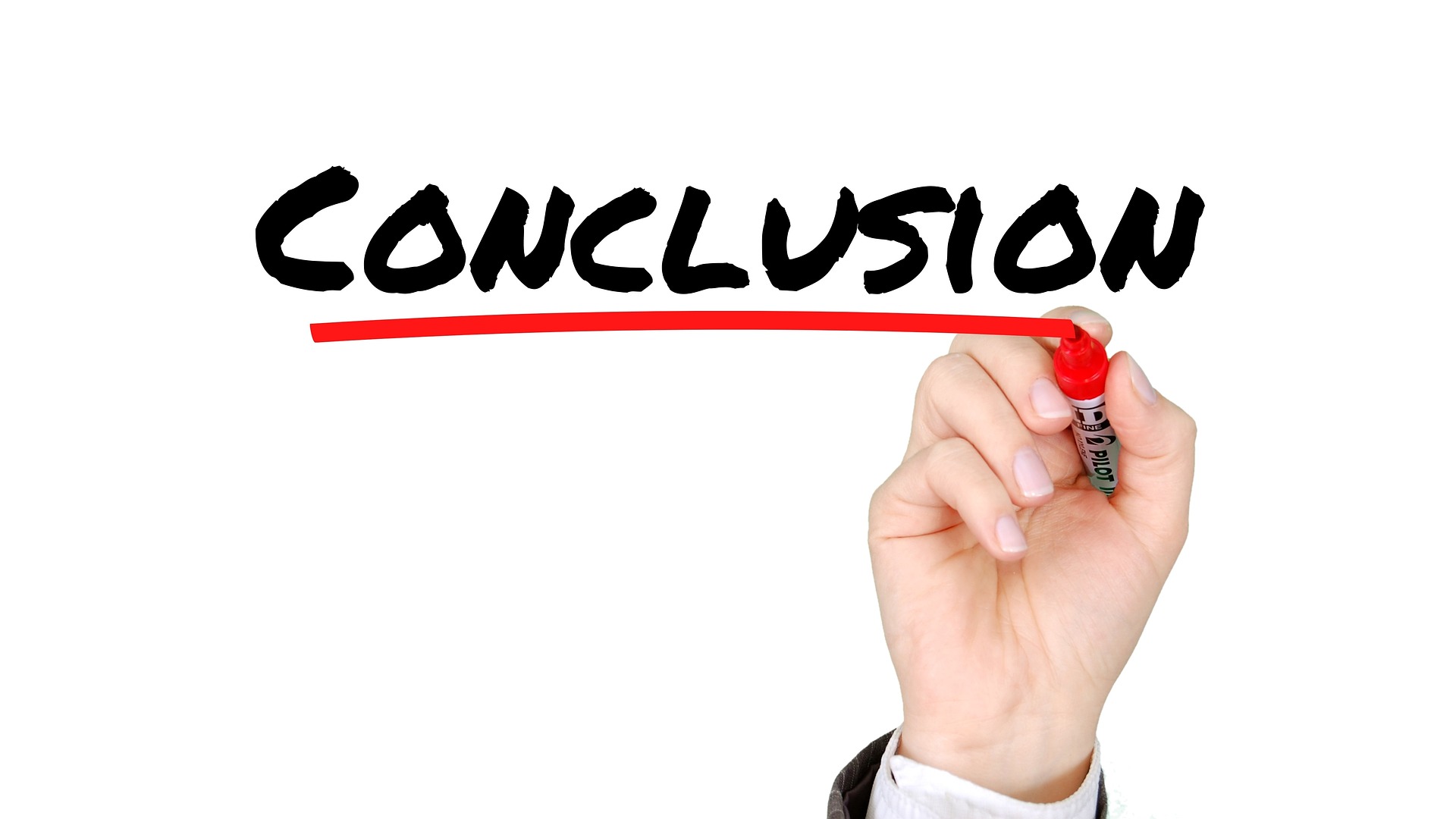Table of Contents
20 Conclusion Transition Words With Examples
When it comes to writing, the conclusion is your final chance to leave a lasting impression on your readers. It’s the place where you can summarize your main points, reiterate your thesis and provide closure to your piece. One effective way to craft a powerful conclusion is by using conclusion transition words. In this blog, we’ll explore what conclusion transition words are, what is a conclusion, how to write a conclusion and conclusion examples
Conclusion Transition Words
Conclusion transition words, also known as conclusion linkers or conclusion phrases, are words or phrases that help guide your readers through the final paragraphs of your writing. They serve as signposts, indicating that you are wrapping up your ideas and preparing to conclude. These words and phrases create a smooth and logical flow, making your conclusion more coherent and engaging.
Conclusion transition words are essential for effectively summing up your ideas and signaling to your reader that you are wrapping up your discussion. Here are some commonly used conclusion transition words and phrases:
In conclusion: This phrase is a straightforward way to signal that you’re summarizing your main points and reaching the end of your discussion.
To sum up: This phrase is synonymous with “in conclusion” and is often used to provide a concise summary of your main ideas.
In summary: Similar to the previous phrases, this transition word lets the reader know that you’re about to provide a summary of your key points.
Therefore: Use “therefore” to indicate a logical result or conclusion based on the information you’ve presented.
Thus: Like “therefore,” “thus” signals a logical outcome or conclusion.
Hence: This word is used to indicate the reason for a particular result or conclusion.
As a result: Use this phrase to explicitly state the consequence or outcome of the information you’ve discussed.
To conclude: This phrase is another way to signal your conclusion and wrap up your discussion.
In a nutshell: If you want to provide a brief, concise summary, use this idiom to signal that you’re giving the main points in a nutshell.
Finally: “Finally” indicates that you’re reaching the end of your discussion and summarizing your main ideas.
All in all: Use this phrase to provide an overall summary of your discussion, emphasizing the big picture.
To summarize: Similar to “to sum up,” this phrase tells your reader that you’re summarizing the key points.
In the end: Use this transitional phrase to discuss the ultimate result or conclusion of your topic.
Consequently: This word signifies a cause-and-effect relationship, making it suitable for conclusions that discuss results.
In brief: If you want to offer a brief summary of your main points, use this phrase.
To wrap it up: This informal phrase indicates that you’re finishing your discussion and providing a summary.
In short: Similar to “in brief,” this phrase is used when you want to be concise in your summary.
To close: Use this word to signal the closing remarks of your discussion.
In a word: If you want to provide a very brief summary in a single word, use this phrase.
In essence: This phrase helps convey the core or essence of your argument or discussion.
These transition words and phrases can help you create a smooth and coherent conclusion for your essays, reports or speeches.
What Is A Conclusion
A conclusion is the final part of a piece of writing, speech, or argument that summarizes the main points or findings and provides closure. It typically restates the thesis or central idea, emphasizes the significance of the discussion, and may offer insights, recommendations, or a call to action. In essence, a conclusion ties together the key elements of the content and leaves a lasting impression on the audience.
Why Are Conclusion Transition Words Important?
Clarity: Conclusion transition words signal to your readers that you’re summarizing your main points. This clarity helps them follow your thought process.
Structure: They provide structure to your conclusion, ensuring that it doesn’t feel abrupt or disjointed.
Engagement: Well-chosen transition words can keep your readers engaged, making them more likely to remember your message.
Professionalism: Using conclusion transition words showcases your writing skills and professionalism.
How To Write A Conclusion
Here are some tips on how to use conclusion transition words effectively to start a conclusion
Choose Appropriate Words: Select transition words that fit the context and purpose of your conclusion. Common examples include “in conclusion,” “to sum up,” “in summary,” and “to conclude.”
Vary Your Vocabulary: While it’s essential to use transition words, avoid overusing a single phrase. Mix them up to keep your writing fresh.
Connect to Your Thesis: Remind your readers of your main thesis or argument. Use phrases like “as I previously stated” or “to reiterate.”
Summarize Key Points: Use transition words to introduce a concise summary of your main ideas or arguments. For instance, “to recap” or “in brief.”
Indicate the Final Thought: If you have a closing thought or call to action, signal it with transition words like “finally,” “lastly,” or “ultimately.”
Be Concise: Keep your conclusion succinct and to the point. Avoid introducing new ideas or going into unnecessary detail.
How To Start A Conclusion
Below are number of ways to start a conclusion
In conclusion, it’s evident that…
To sum up, we have explored…
In summary, the main points are…
To conclude, this essay has shown…
In brief, the key takeaways are…
Ultimately, it’s clear that…
Lastly, let us consider…
As previously stated, the evidence supports…
Conclusion Examples
Here are some conclusion examples of conclusion transition words and phrases:
In conclusion, the study highlights the importance of early childhood education in shaping cognitive development.
To sum up, the findings suggest that a balanced diet and regular exercise lead to improved health outcomes.
In summary, the research indicates a strong correlation between sleep quality and academic performance.
Therefore, it is essential to implement stricter regulations on carbon emissions.
Thus, we can conclude that a positive mindset contributes to better stress management.
Hence, regular exercise not only boosts physical health but also improves mental clarity.
As a result, the community has seen a significant decrease in crime rates over the past year.
To conclude, our analysis reveals key trends that will shape the future of the industry.
In a nutshell, teamwork and collaboration lead to better problem-solving outcomes.
Finally, we must remain committed to our goals despite the challenges ahead.
All in all, the project was a success and exceeded our initial expectations.
To summarize, the evidence supports the theory that genetics play a significant role in behavior.
In the end, persistence and hard work pay off in achieving one’s dreams.
Consequently, businesses that adapt quickly to market changes are more likely to thrive..
In brief, social media has transformed the way we communicate.
To wrap it up, the conference emphasized the need for collaboration across sectors.
In short, climate change poses significant risks to our planet.
To close, I encourage everyone to stay informed and engaged in community matters.
In a word, empathy can transform our interactions with others.
In essence, effective communication is the cornerstone of successful relationships.
Conclusion
Conclusion transition words are essential tools for any writer looking to craft a strong, coherent conclusion. By using them effectively, you can guide your readers through your final thoughts and leave them with a lasting impression. Remember to choose your words carefully, keep your conclusion concise and connect it back to your thesis or main argument. With these strategies in mind, your conclusions will become more powerful and engaging, enhancing the overall quality of your writing.


